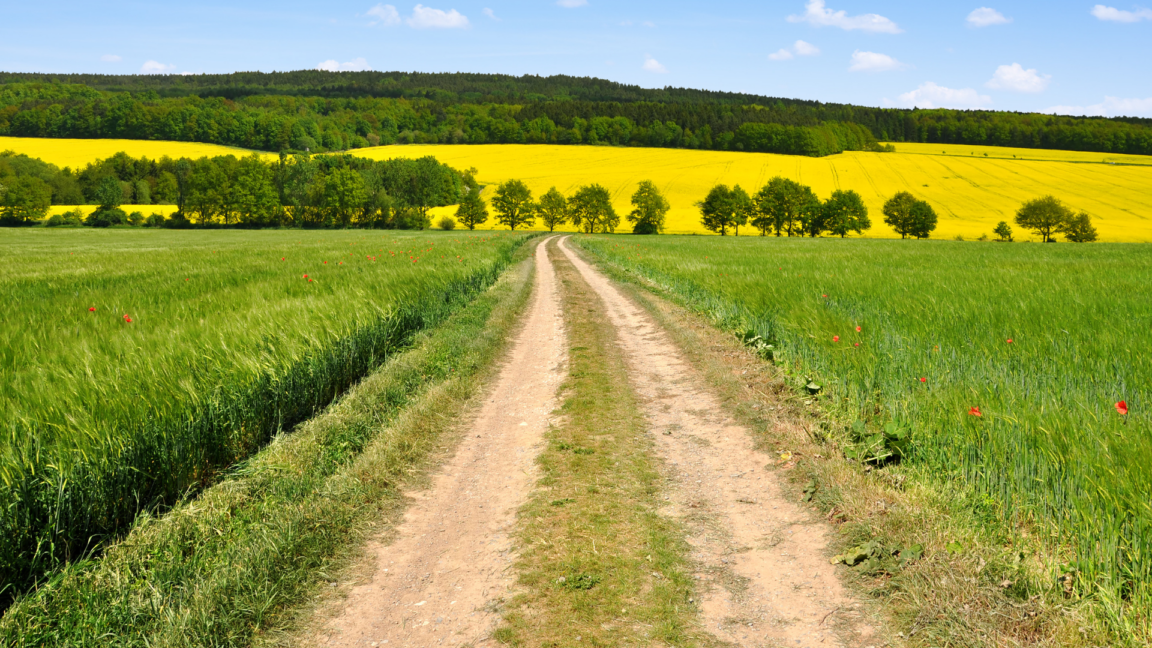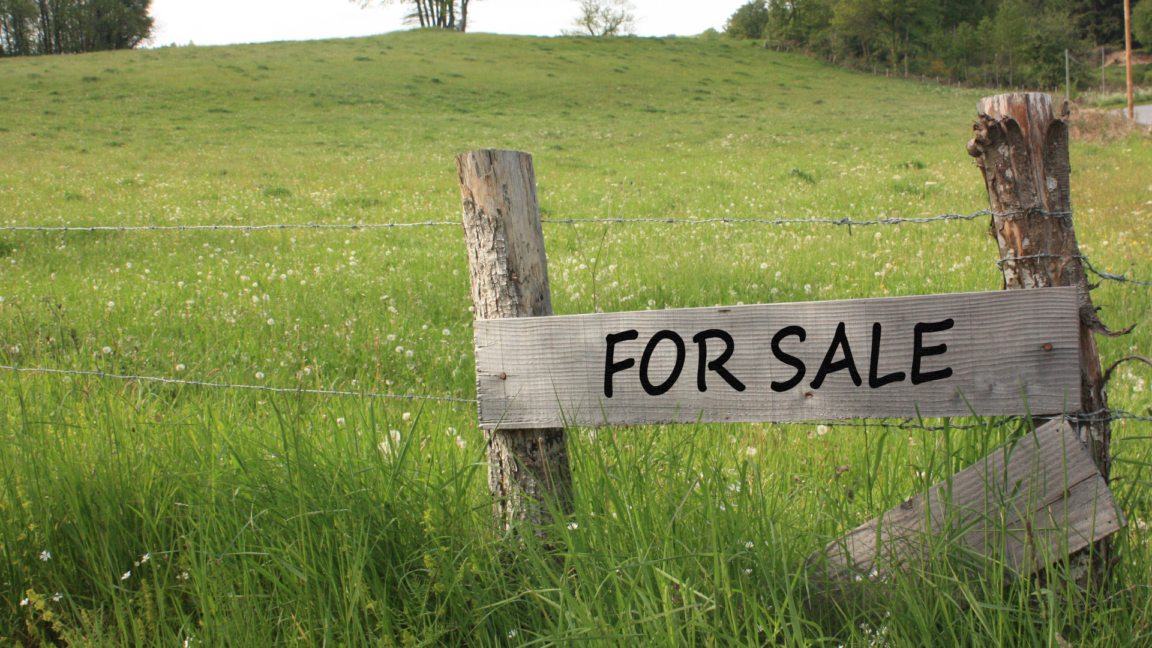Beyond Boundaries: Mastering Landlocked Properties for Access, Homes, and Sales Success


Having a piece of land that's surrounded by other lands and doesn't have a way to get to public areas can be really tough. If you're thinking about selling it, you might worry that it won't sell for a good price. And if you want to build a house on that land, it's hard because there's no easy way to connect it to the main roads. Today, PropertyScout is here to talk about these kinds of lands. We'll look at how to make a way in and out of them, which we call 'necessary access.' We'll also give you some ideas about building on this kind of land. Plus, we have some useful tips and tricks to share. Lastly, we'll also talk about how to sell these tricky lands quickly, even though there are challenges, so you can make good money.
What are Landlocked Properties?

According to the legal principle (Article 1349 of the Civil and Commercial Code), a 'landlocked property' refers to a piece of land that is surrounded by other plots of land in a way that there is no access to a public road, or there might be a way out but it requires crossing a pond, lake, sea, or an elevated area higher than the public road level.
Applying for Necessary Access for Ingress and Egress on Landlocked Property

Who Has the Right to Apply for Necessary Access for Ingress and Egress?
If the house or property is landlocked, you can create an 'essential way' by following the legal criteria. People who have the right to request this necessary access must meet the following legal requirements:
- Individuals eligible to request the opening of necessary access must be 'owners' of the land that is surrounded (if they are only homeowners or tenants without ownership of the land, they cannot request necessary access).
- Land that is surrounded belongs to others, whether it's a single parcel owned by a single owner or multiple parcels owned by various owners.
Necessary access as per the Civil and Commercial Code

Necessary access, as stipulated by the Civil and Commercial Code, is regulated under Article 1349, which states that...
- The land has an exit route to a public road, but it involves crossing a pond, lake, or sea according to Article 1349, paragraph two. To request necessary access under these criteria, it must be a case where the land requires crossing a pond, lake, or sea, or faces similar difficulties. However, if the case involves an exit route to a public road that requires crossing a watercourse of 4-5 meters, and this passage is not difficult, just inconvenient, the request for necessary access cannot be made. This is because a watercourse is not considered a pond, lake, or sea. Yet, if the land is adjacent to a river that is no longer used for transportation by the public, in this scenario, the landowner can file for necessary access.
- The land has an exit route to public access, but there is a steep incline where the land level is significantly higher than the public road level, as per Article 1349, paragraph two. For instance, if the land is adjacent to a cliff and there is a road on top of the cliff, but to reach the road, one must ascend the cliff which is inconvenient, in this case, the landowner has the right to request necessary access.
- In terms of the process for creating necessary access, it is governed by Article 1349, paragraph three. It states that the landowner, whose land is surrounded by other plots, must choose a path that is reasonably appropriate for the necessity. 'Reasonably appropriate for the necessity' means that the landowner, whose land is surrounded by other plots, can request a pathway through any of the surrounding plots. Article 1349, paragraph one, does not dictate that the landowner, whose land is surrounded by other plots, must only request a pathway through the nearest plot to the public road. Therefore, the landowner, whose land is surrounded, can use the shortest route to the public road, as it is suitable and most convenient for them. They can also use an exit route through any of the surrounding plots, but this must be done in an honest and fair manner.
- The landowner, whose land is surrounded by other plots, must consider minimizing the damage to the surrounding plots. The phrase 'must consider minimizing the damage to the surrounding plots' does not imply that only those with the right to use necessary access are allowed to pass through. Users of necessary access also have the right to use vehicles through the necessary access. However, the use of necessary access must cause the least possible damage to the surrounding land. Regarding necessary access, the law does not dictate that it must be directly connected to a public road.
From the provisions in the aforementioned law, we can simplify the understanding as follows:
- A plot of land that is surrounded by other plots to the extent that there is no way to access public areas can establish a pathway through the surrounding plots to reach the public road.
- Requesting a pathway to access a location other than a public road is not permissible under the law. To establish a pathway, it must lead to a public road while considering minimizing damage to the surrounded land.
- If landlocked property has an exit route through a pond, well, lake, canal, sea, or elevated path, you can request necessary access to reach a public road.
The Procedures to Request Necessary Access for Ingress and Egress on Landlocked Property

If you want to request necessary access, following these following steps:
- Choose a plot of your own adjacent land, any plot that you think would make the most convenient access route. If you don't have adjacent public land, you can contact any owner whose plot you believe would be the easiest to negotiate with.
- Negotiate with the respective plot's owner and propose compensation terms (either as a lump sum or annual payment). If road construction is necessary, expenses for that, as well as costs for tree relocation, should be factored in. Define the desired pathway format or dimensions (e.g., a pedestrian path could be 1-2 meters, while a vehicle road might require 2.5-3 meters minimum width). Nonetheless, requesting necessary access adheres to these crucial principles.
- It's important to choose reasonably appropriate dimensions based on necessity. For instance, if the pathway is only for walking, there's no need to request a width exceeding 2 meters.
- One must consider minimizing the impact on the land's usage benefits for the plot chosen as the access route, to ensure the least possible damage.
- If an agreement cannot be reached, or compensation terms are not agreed upon (according to legal principles, compensation must be given for the plot used as an access route), or if the neighboring landowner refuses, you can exercise your right to take legal action in court to establish necessary access.
Building on Landlocked Property
If you already own landlocked property and intend to build a residential house, you can proceed by requesting 'necessary access' as mentioned above. This access is crucial for ingress and egress to public roads. Once the process of obtaining necessary access is completed, you can proceed with building your house.
Tips for faster sales on Landlocked Properties

For selling landlocked properties, if we sell them individually, it's often challenging due to lack of demand and potentially low prices. In practice, there are strategies to accelerate the sale of landlocked properties, including the following:
- Enhance the land to make it suitable for use, such as improving soil quality or preparing land patches for agricultural purposes if it's landlocked in an agricultural area. Then, promote these improvements in advertisements when listing the property for sale.
- Enhance the land's appearance, make it attractive, and make sure it's clean and well-maintained.
- It's advisable to sell the landlocked property together with an adjacent plot that has direct access to a public road. When sold, the buyer would own both plots and have convenient ingress and egress.
- Set an appropriate price based on market value and the condition of your land to attract interested buyers and align with market standards.
Closing Comments
In short, if you have land that's stuck without an exit and you don't want to sell it, you can build a house and make a way out, protected by the law. This means talking to nearby land owners for an exit path. You might also need to discuss with them to legally get a path to a main road, or you could think about selling that land without a way out.
For people who want to sell land without a way out, it's a good idea to split it into smaller pieces before selling. Remember, if you sell part of the land that's inside and can't reach a public road, the new owner can still use your land to reach the public road without paying you, as the law says.
If you are interested in buying land, then you are at the right place! Click the links below and get in touch with us today:



